China News Service:Sun Zifa
The year 2021 marked the centenary of the birth of Chinese archaeology. As an important part of the development of Chinese civilization in its diversity and unity, the Xinjiang region has always attracted the attention of the archaeological community and the public. What are the new discoveries, breakthroughs and progress in excavation and research of sites in vast Xinjiang? How did Xinjiang become a vital region bridging Eastern and Western civilizations over thousands of years?
Cong Dexin, director of the Frontier Ethnic Research office at the Institute of Archaeology of the Chinese Academy of Social Sciences (CASS), gave an authoritative interpretation of these questions in an interview with the China News Service's "East-West Quest" in Beijing. He said that the extraordinary period of archaeology in Xinjiang had explained the formation and development of a unified, multi-ethnic state.
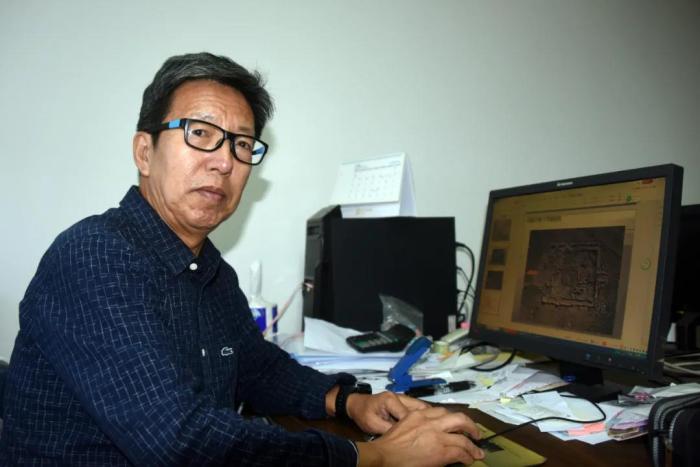
Bridging East and West since prehistory, enriching ancient Chinese cultural diversity
Cong said archaeological research in Xinjiang may generally be divided into two significant parts: before and after the Han Dynasty mission to the West in 138 B.C. From the perspective of disciplinary research, the period before the mission may be further divided into four ages: Paleolithic, Neolithic, Bronze and Early Iron.
After the founding of New China in 1949, Paleolithic archaeological work in Xinjiang began to take off, and important discoveries and research results were achieved, one after another, as among them the Astana ruins in Tulufan, the Aketala ruins in Shufu, the Qijiaojing ruins in Hami, and the Jiriga ruins in Tashikuergans. Although the archaeological work initially classified the stone tools only into microlith and extensive chipped stone tools, preliminary studies have shown that the characteristics of the excavated stone flakes and stone tools are closely related to the Paleolithic tradition in northern China.
In recent years, many important new Paleolithic sites have been discovered in Xinjiang. The late Paleolithic artifacts are particularly important, the most representative ones including the 50,000- to 40,000-year-old Tongtiandong ruins in Jimunai County, Aletai, and the Luotuoshi ruins in Bukesaier County. Tongtiandong ruins are typical cave sites with long duration and rich remnants. The emergence of the levalloisian technique, a new cultural factor in stone tool production, shows the exchange between Xinjiang and the western part of the old world of Asia and Europe. The stone products of the Luotuoshi ruins are mainly characterized by stone blade technology, and researchers initially inferred that this was an open-air stone tool processing and manufacturing site. At the same time, there are opinions that such stone tool assemblages have been found in Shuidonggou, Ningxia, and the Aertai region of Russia and Mongolia, demonstrating the north-south exchange route of stone blade technology.
A series of archaeological discoveries including the north and south of the Tianshan Mountains, represented by Adunqiaolu ruins and Xiaohe graveyard, show that Xinjiang is dotted with Bronze Age archaeological and cultural remains with distinctive features from east to west along the Tianshan Mountains. These sites have both their own distinctive characteristics and close ties with the surrounding areas. Studies show that the Qiemuerqieke culture in the Aertai region dates back to the late 3000s B.C., and its influence may have covered the western Tianshan region of Xinjiang. The Xiaohe graveyard in Luobupo demonstrates a unique habitat pattern, burial practices and ancient DNA characteristics of the population. These show the features of fishing, hunting and a limited animal and planting industry derived from the Xiaohe adaptation to the environment, as well as the established features of integration of ancient European and northeast Asian people. Research suggests that these features began to emerge at a very early date.
Cong has been leading the excavation and research project at the Adunqiaolu site and related temples in the Bortala River Valley. He said that western Xinjiang once had a cultural interaction zone with local features, and different cultures were closely related in the Bronze Age. Moreover, based on the research data, the Adunqiaolu site, remains among other ruins, is estimated to appear 4,000 years ago and continued ever since, and the cultural concepts in this area were traditional and diversified, instead of the production under the previous single and one-direction development mode. In fact, Xinjiang has always maintained frequent exchanges and communication with peripheral regions.
Cong also pointed out that wheat, common millet, and other crop remains dating back at least 4,000 years have been unearthed at the Adunqiaolu site, the Xiaohe temples and the Tongtiandong ruins. These all indicate that wheat from western Asia and millet from northern China were brought into Xinjiang by early migrants and then planted by later generations. Cultural communication then unfolded in a silent but far-reaching way.
In addition, the buried bodies in the Xiaohe temples feature rich ethnic existence and those in the Adunqiaolu site with shovel-shaped incisors. Such research results indicate that in Xinjiang and broader areas, communication between East and West in ancient times started earlier. Such deep communication and merging are demonstrated in an unfamiliar aspect. For example, according to DNA results, ancient people have an increasing tendency of similar trajectory of bone growth.
In west Tianshan and the surrounding areas, the attentive archeological research has also unearthed an array of the Bronze Age remains distributed at an altitude of 2000 meters and even higher. Among those discoveries, the representative findings in the Bortala River Valley hold great significance in interpreting the nomadic economy of seasonal movements of livestock that had already appeared.
Cong emphasized that all the archeological research on the Stone Age and the Bronze Age had revealed that Xinjiang was already a link in East-West communication 4,000 years ago and even earlier. People from different cultures came to Xinjiang, met and lived together, mixing plants and materials. Different types of archeological cultures that developed later also remain close connections to the present day. "These cultural fruits on one hand enrich the diversity of ancient Chinese culture, and on the other hand set the foundation and background for Han ethnic entering into the Western Regions and realizing one family merge of 56 ethnic groups in China," Cong said.
Increasing communication and exchanges between Xinjiang and the Yellow River area from the Xia, Shang and Zhou dynasties to the Qin Dynasty
Cong further contended that ancient Chinese civilization reached prosperity through development in the Xia, Shang and Zhou dynasties. The concept of one nation came into being and was consolidated in the Qin Dynasty, and its influence gradually spread to the Western Regions and remote areas.
"In Xinjiang, some important archeological findings can also evidence the growing cultural communication, interaction and influence," Cong said.
The influence of the Siba Culture (4000 B. C.) in the western part of the Hexi Corridor may be seen at archaeological sites in the northern Tianshan Mountains of Hami City, Xinjiang Uygur Autonomous Region. In terms of pottery shapes and decorative patterns and colors on pottery ornaments, a very strong connection may be found between the cultures developed in the Tianshan area and the Siba Culture. The Yanbulake Culture (3300 B. C.-2500 B.C.) in Hami that was developed later also shows this active, persistent influence from the western region of the Hexi Corridor.
Scholars of painted pottery believe that the main influence came from the Yellow River region based on analyses of the dates and characteristics of the emergence of painted pottery in the Xinjiang region. This influence may also be seen in the painted pottery excavated from Hami City and the regions westward, including several sites or tombs in the Turpan Basin and around the Tarim Basin. Although the painted patterns of pottery from western Xinjiang also showed connections and interactions with cultures in central Asia, the connections appeared earlier with remarkable features in types in eastern Xinjiang, which received more profound influence from the Hexi Corridor and even the upstream Yellow River. The painted pottery excavated from the sites around the Tarim Basin, which showed features brought by exchanges with eastern Xinjiang, also displayed its own characteristics and a closer connection with eastern cultures of Xinjiang.
In the western region of the north Tianshan Mountains, major sites are dominated by a large amount of gray and brown pottery, but painted pottery sites may still be found in the valleys connecting the north and south of the Tianshan Mountains. These sites or tombs have both pottery with similar characteristics to that of the pottery in the eastern regions of Xinjiang and pottery with cultural elements of the central Asian regions. For example, the Alagou (Alwighul) Cemetery and the Yu'ergou Site in the Tianshan Mountain region have turned up both painted pottery and artifacts popular in the central Asian region, such as a square bronze plate with a high foot ring bearing a beast. "The characteristics of integration and exchanges have been intact preserved in such small objects," Cong said.
He also said that the status and role of the Xinjiang region as a cultural link between East-West cultures became more and more obvious and important from the Xia, Shang and Zhou dynasties to the Qin Dynasty. In The Classic of Mountains and Rivers, Legend of King Zhou Mu and other documents before the Qin Dynasty, there was already content about the people, culture, mountains and rivers of the Western Regions, showing the deep communication between the Western Regions and the Central Plains (the middle and lower reaches of the Yellow River) at that time.
The Heshanling site discovered in recent years in Ruoqiang County, Xinjiang Uygur Autonomous Region, was confirmed to be a large ancient site for mining turquoise. With up to 110 mineral pits, it is the largest ancient mining site found in Xinjiang to date.
"This is currently the largest turquoise mining site in China," Cong said. "The preliminary test data contradicts the old saying that the ancient turquoise deposits in Xinjiang came from the West. Similarly, the view that painted pottery came from the West has been rejected as new discoveries are made and further in-depth research is being carried out.”
Zhang Qian's expedition to the Western Regions: an opportunity for the exchange of East-West civilizations
According to Cong, historian praised Zhang Qian's expedition to the Western Regions in the Western Han Dynasty [206 B.C.-24 A.D.] as "Zao Kong" (opening up), showing its importance in communication between the East and West. After that, the central government of the Western Han Dynasty began to play a role in the Western Regions and to communicate with the Western counties. Based on what Zhang saw and heard in the Western Regions, Shiji: Dayuan Lie Zhuan (a chapter introducing the ancient country Dayuan in the ancient Chinese history book Shiji) depicted many tribes, such as the Xiongnu, Darouzhi, and Wusun, and local customs in the Western Regions at that time. The book became the most important material for the Central Plains to know about the Western Regions during the Western Han Dynasty.
Zhang's mission allowed people from the Central Plains to learn more about both the geographical and cultural landscapes of the Western Regions. It also demonsted the civil and military achievements of the Han Dynasty to the Western Regions, expanding the influence of the central government. His mission played an important role in Emperor Liu Che's state policy of governing the Western Regions, thus enabling the central government of the Western Han Dynasty to launch a series of initiatives for the Western Regions, which also became the prelude to the establishment of the Western Regions Protectorate of the Han Dynasty.
At the same time, the Silk Road opened by Zhang's mission to the West promoted all-round exchanges between the two civilizations in material and cultural aspects. It became an important window for ancient China to know the Western world, which is of far-reaching significance.
When did the central government start to control the Western Regions? Cong said the Han Dynasty Emperor Liu Che had persistent faith in governing the Western Regions and, after accumulating sufficient national power, reduced the power of Xiongnu to the west through a series of wars. In 60 B.C., the Han Dynasty formally incorporated the Western Regions into the territory of the central government and set up the Western Regions Protectorate of the Han Dynasty in present-day Luntai County, Xinjiang.
The Western Regions Protectorate was the highest administrative and military body of the Han government in the Western Regions, exercising sovereignty on behalf of the central government. In turn, the Western Regions Governor, in charge of military and political affairs in the vast area, was the highest administrative and military governor of the Han Dynasty in the Western Regions. In addition, the Han Dynasty set up the Ixun Commandant Prefecture in Ixun-Milan, which was responsible for cantonment, and the Cantonment Commander Prefecture in Cheshis-Jiaohe, which was later changed to the Wuji Commander Prefecture in 48 B.C., to oversee the overall Cheshis to fight jointly against Xiongnu. At this point, the central government of the Han Dynasty formally formed a system of jurisdiction over the Western Regions.
Cong pointed out that the search for the ruins of the Western Regions Protectorate of the Han Dynasty is one of the most important archaeological topics in Xinjiang. Archaeologists have continued to conduct meticulous investigations and excavations along the front line of Luntai, and in recent years archaeologists have continued to conduct field archaeological work in the ancient cities of Kyu HS' Hare and Drow Kurt in the territory of Luntai County, making important gains.
Situated on the northern edge of the Taklamakan Desert, the ancient city of Kyu HS' Hare consists of a wall and an inner plateau, with a perimeter of about 900 meters and a wall height from 1 to 2 meters. Recent excavations have shown that the remains of both early and late phases, as well as house sites, have been found in the high terrace area; excavators believe the site first appeared in the middle of the Spring and Autumn Period and Warring States period, accompanied by ring trenches, walls and other facilities; peaked in the early Western Han Dynasty, and was gradually abandoned after the middle of the Western Han Dynasty.
The ancient city of Drow Kurt is in southeast Luntai County. The excavation of the northern area of the inner city's eastern plateau revealed the remains of a plateau site with a slightly rectangular plan, surrounded by piers, corner towers and other buildings, dating from the main period of the two Han dynasties; the plateau building underwent three major repairs and alterations from the Warring States period to the Western Han, Eastern Han and Wei-Jin dynasties. The excavators believe Drow Kurt was a high-grade, large-scale central city site during the Han and Jin periods on the northern route of the Silk Road, providing very important information for the work of finding the Western Han Dynasty Western Regional Capital site.
According to Cong, the archaeological excavation and research work at the two sites has opened up the horizons of archaeological research and provided more concrete, arguably key evidence than previous explorations of ruins of the Western Regions Protectorate. "It is believed that along with the depth of the research, the final discovery of the Western Regions Protectorate site will get closer and closer to the goal," he said.
Strengthening Silk Road research and making Xinjiang archaeological studies promising in the future
Cong pointed out that Xinjiang was an essential place for the Silk Road and a golden channel for exchange between East-West civilizations. The Silk Road, spanning from the Han to Tang dynasties, refers mainly to the land route that starts in Chang'an (now Xi'an, Shaanxi Province), China, and links Central and Western Asia with the Mediterranean through Gansu and Xinjiang. "In a sense, many archaeological sites found in Xinjiang today are related to the Silk Road," Cong said.
He stated that in recent years, new archaeological discoveries of Xinjiang on the city sites of the Han and Tang dynasties, such as the Protectorate of the Western Regions of the Han Dynasty, the Beiting and Anxi Protectorate of the Tang Dynasty and many others, have profound and extensive significance for archaeological research on the Silk Road, and therefore make it more convincing. The excavation of the Keyakkuduk beacon site group in Yuli County is of especially great significance in interpreting the intentions of the traffic line and defense system of military towns in the Western Regions of the Tang Dynasty.
Xinjiang's archaeological studies have become increasingly prominent because of wider research content and further understanding of the Silk Road. In the past few years, a number of excavations by archaeologists in northern and southern Xinjiang, such as the new archaeological discoveries of the ancient mound city in Qitai County of the Tang Dynasty and Daleite ancient city in Bole City, are all important breakthroughs in archaeological research on the Silk Road, helping to fill in the gaps.
Cong talked about three main forms of international cooperation on future Silk Road archaeological work. Chinese scholars will carry out in-depth research by going out to promote cooperative excavations and research. They will promote further cooperation in more archaeological science fields and jointly publish research findings to improve the archaeological science on the Silk Road. And China will initiate cultural heritage and other projects with other countries to enhance international influence in relevant fields.
"In recent years, under the unified guidance and promotion of the state, the archaeological work in Xinjiang has been carried out by overall arrangement and cooperation in many ways and units," Cong said. "We have achieved great progress and remarkable results, whether in the discrimination of types of archaeology culture in the Bronze Age, the deeper understanding of ruins [city sites] in the Han and Tang Dynasties, or the study of the Silk Road itself."
He added that Xinjiang, covering one-sixth of China's land area, is a vast territory. Its unique location advantage makes the archaeological connection and interaction between Xinjiang and its surrounding areas academically important. "So, the archaeological studies in Xinjiang are promising in the future," he said.
Cong stressed that, to play a leading role in the field of China's frontier archaeology, follow-up archaeological research in Xinjiang should be made in more aspects, including the distribution of archaeological culture in the late Paleolithic period; the archaeological culture and business model of the Bronze Age; research on the cities and protectorates of the Han Dynasty represented by the Protectorate of the Western Regions; the military town system of the Tang Dynasty; and the archaeological study of grotto temples. Boosting continued archaeological studies in Xinjiang is critical to understanding the components and development process of Chinese civilizations featuring unity in diversity, and the exchange and mutual historical learning between the East and West. (End)
This article was first published in China News Service on July 14, 2021.









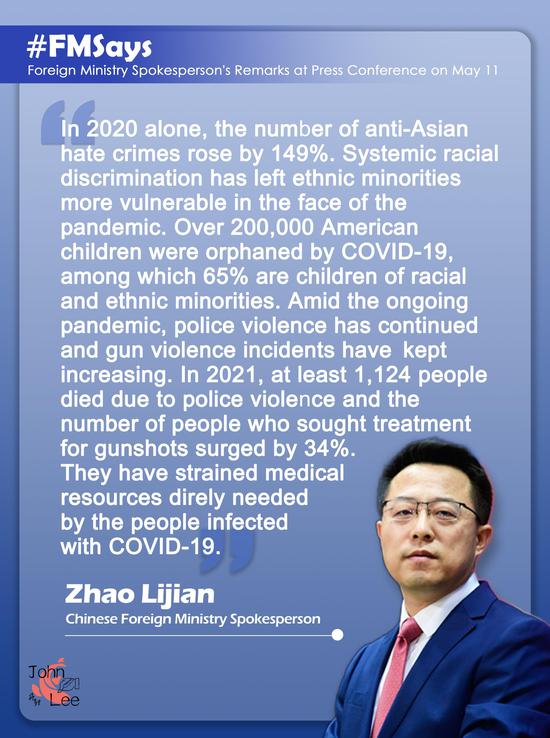
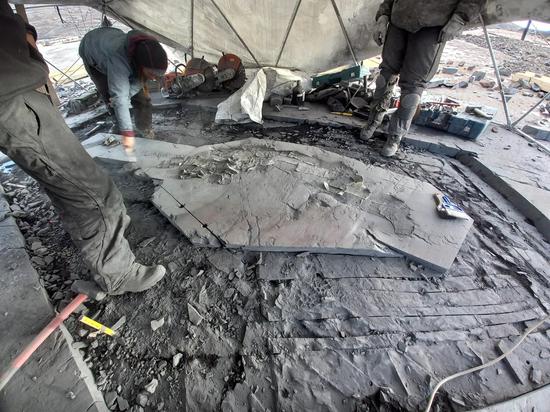

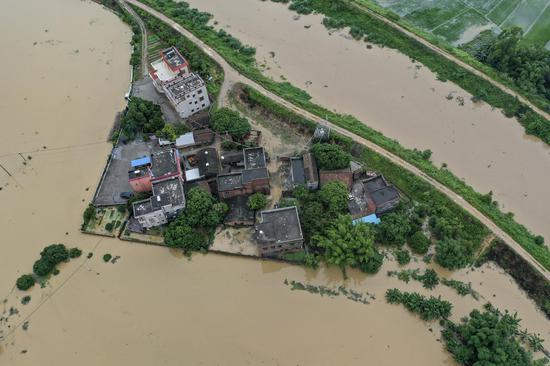





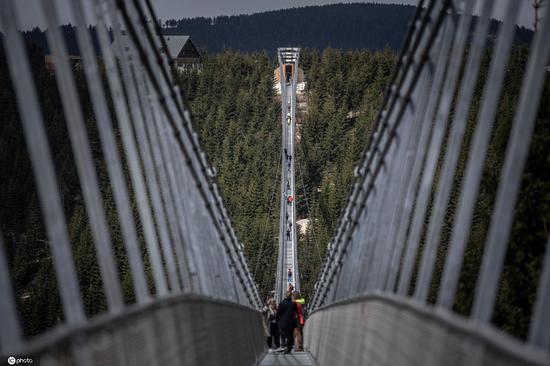
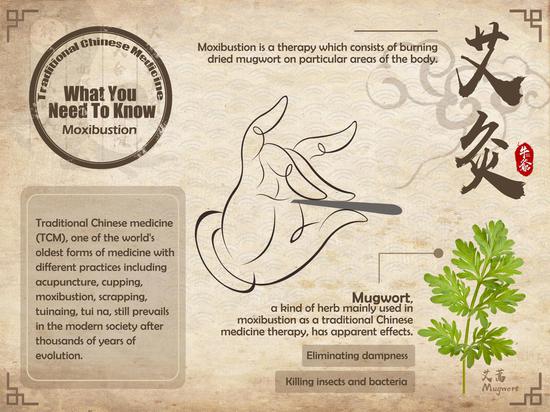

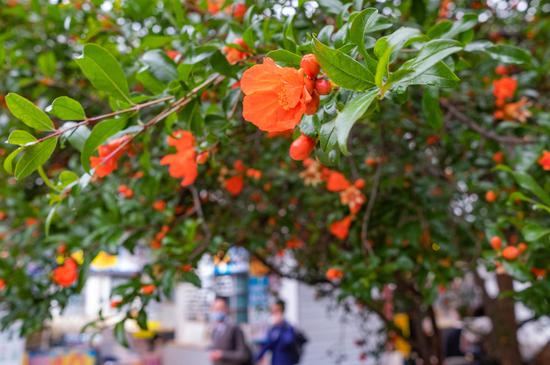

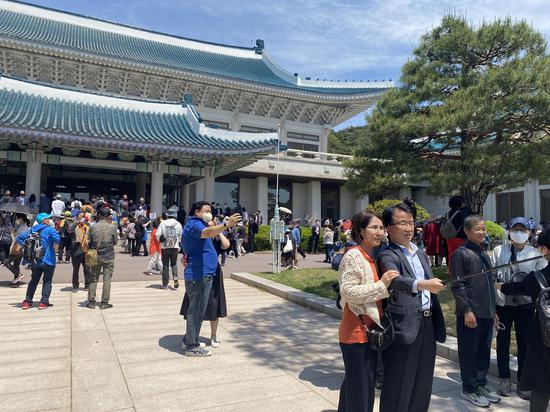
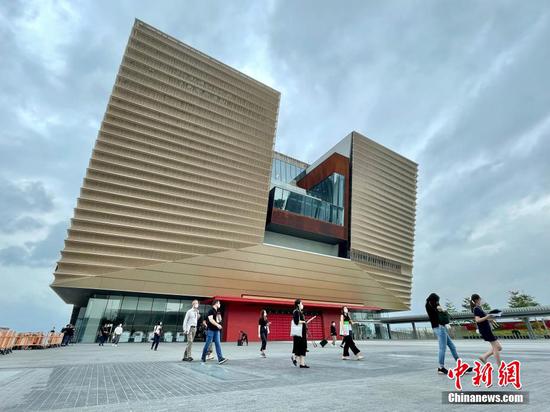

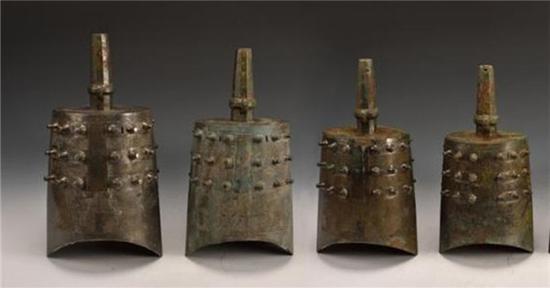
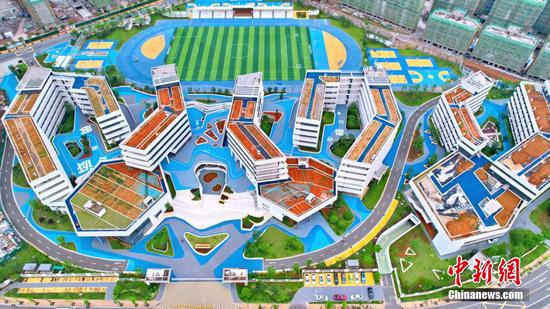
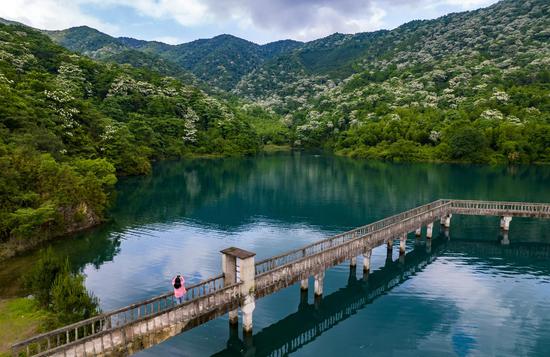





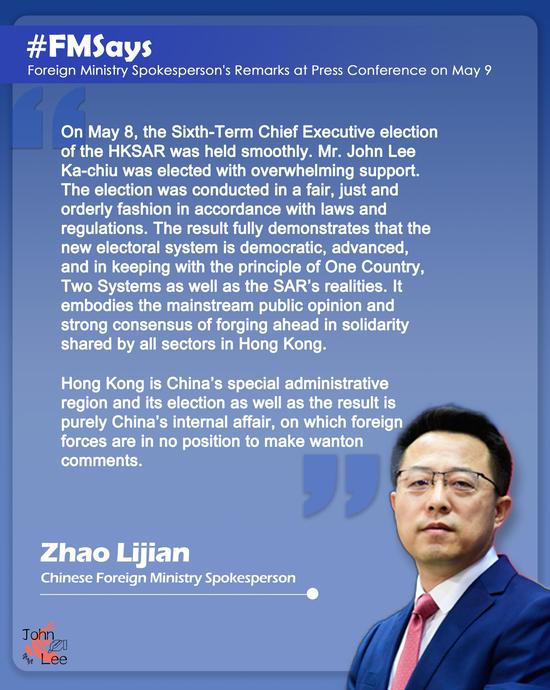


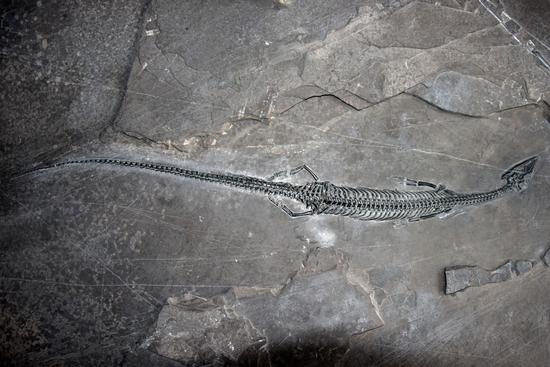

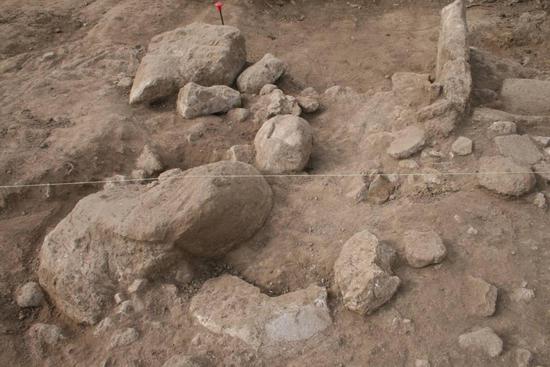
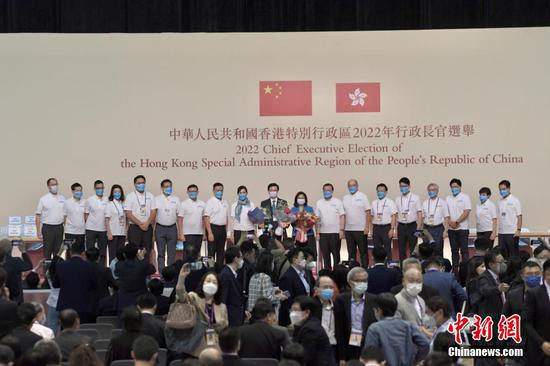



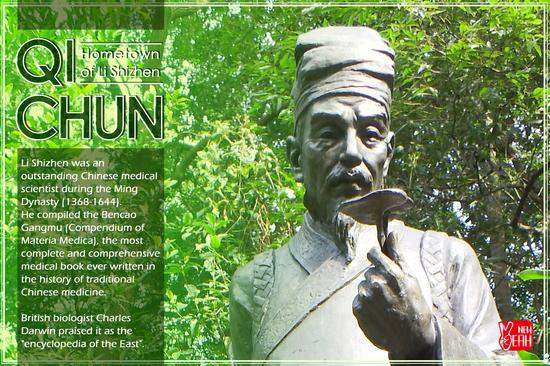

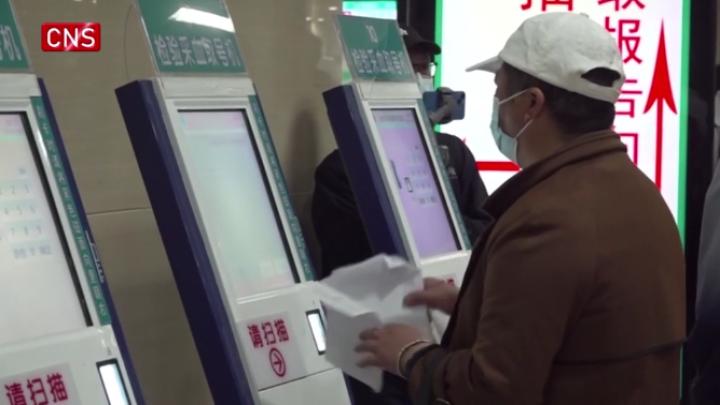



 京公网安备 11010202009201号
京公网安备 11010202009201号